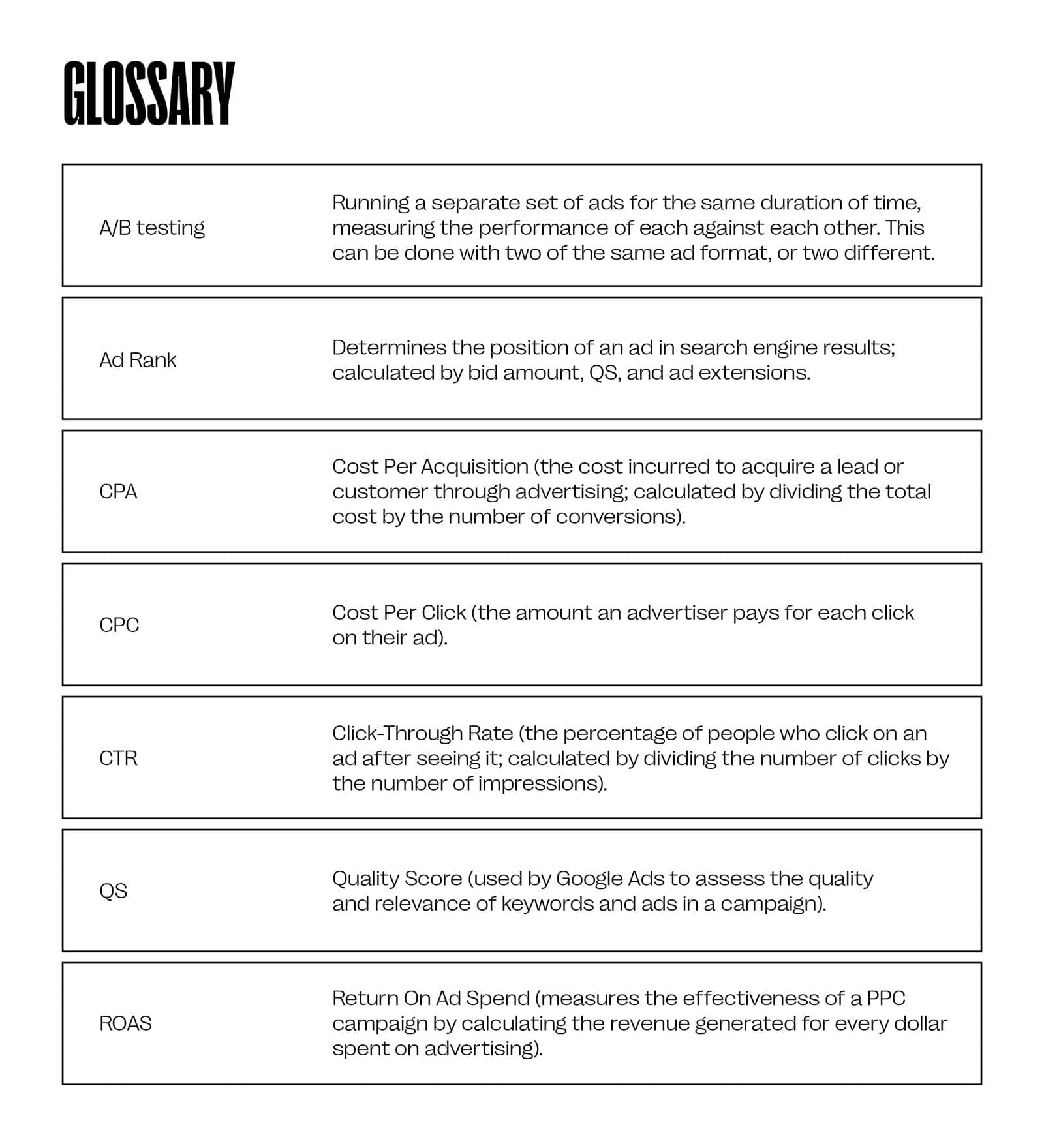Pay Per Click, or PPC Advertising, is a dynamic digital marketing strategy that offers highly trackable data, allowing businesses to assess and pivot their campaigns in near-real time. While it can be confusing, it’s highly popular due to its capacity to drive targeted traffic to websites, and given businesses to only pay when someone actually clicks on their ads. It equips even new businesses with a quick, user-friendly, and cost-effective marketing platform due to its particularly low barrier to entry.
What’s all the fuss about PPC Advertising?
One of the most important aspects of PPC is its ability to reach a highly targeted audience. Advertisers can afford to be selective over their chosen keywords, demographics, locations, and even the time of day that their ads will appear, increasing the likelihood of conversions, and even enabling re-targeting users who have previously visited your website but didn’t purchase.
PPC offers a wealth of data and analytics tools that allow you to track every aspect of your campaign’s performance. This level of measurement provides valuable insights into what works and what doesn’t, making it easy to test different headlines, descriptions, and calls to action.
It also allows flexibility to allocate more budget to high-performing campaigns and pause or adjust underperforming ones, ensuring that businesses don’t spend more than necessary. Additionally, payment is only required when someone clicks on the ad, which means there’s no wasted money on impressions or views that don’t lead to engagement.
Going once, going twice…
Each PPC ad needs to be bid on. This determines your allocated ad space, but the cost of your bid will vary greatly based on your quality score, industry, keywords, etc. You can often set your campaign budget to ‘daily’ or ‘lifetime’, and depending on the platform, it’s possible to automate the whole process.
A handy PPC Advertising platform guide
Whilst there are a variety of platforms, ranging from Google to Snapchat and even Pinterest, we’ll address a few of the major ones that we use here at SOAK Creative.
Google Ads
Given it’s the world’s most used search engine, Google is an invaluable source for advertisers. The platform focuses on a selection of keywords, those which you think your target audience will be searching, giving you the ability to hone in on your audience. For example, if you run a second-hand clothing shop your keywords might include “second-hand clothing”, “thrift store”, and “op-shop”. An accountant may use “accountant”, “financial services”, and “tax accountant”.
Google Ads offers three types of ads you may choose to implement. While you’re sure to have seen each, you may not know the difference.
- Search ads are a text-based format with a main heading link, followed by a short blurb and often a selection of sub-links allowing the viewer to jump to relevant information on the subsequent web page (services, about, contact, etc.).
- Display ads are image-based, and can be found in the headers, footers and margins of a results page. They can be more creative, including GIFs.
- Video ads are – you guessed it – video-based. Hosted by YouTube, these ads will run a video in the headers, footers, margins, or even pop-outs. Video ads can be an expensive option when you start to consider the cost of production.
Meta Ads
Formerly Facebook Ads, Meta Ads is a platform that leverages audiences and demographics.
You can hand-pick your audience by showing your ad to specific ages, genders, locations, and even interests and behaviours – ever-fluctuating subcategories based on users’ interactions with other pages, accounts and ads. Meta Ads will also give you the opportunity to target (or re-target) people who have previously engaged with your app, website, or page.
These ads can present as:
- A single or carousel (collection) of static image/s, with accompanying heading, caption, and call to action,
- A video with accompanying heading, caption, and call to action,
- Embedded in certain Facebook Messenger chats, and
- Embedded in the ‘stories’ feed.
Owned, and therefore controlled by the Meta Ads platform, Instagram Ads function much the same way as detailed above. The additional formats available to you on Instagram are:
- Embedded in the ‘reels’ feed, and
- ‘Instagram shop’, an in-app feature allowing for the sale of individual, or collections of products.
Angled towards B2B marketing due to its design for career and business networking, LinkedIn Ads are predominantly in-feed. These include:
- A single image or carousel,
- A video,
- Event,
- Lead gen forms, and
- Text ads.
The latter can also appear on the right-hand side of a feed, as can:
- Spotlight ads, and
- Follower ads.
There is even the possibility to have ads sent via LinkedIn’s ‘conversation’ and ‘message’ features.
Here’s some handy tips for running a successful marketing campaign on LinkedIn
If the land of digital advertising is still confusing, we’ve made a handy glossary to help demystify PPC.
The experts at SOAK Creative are well versed in navigating PPC platforms. Reach out today to get started.



